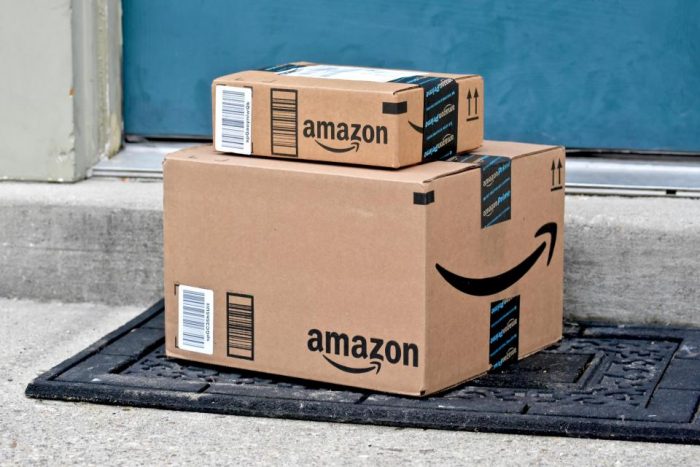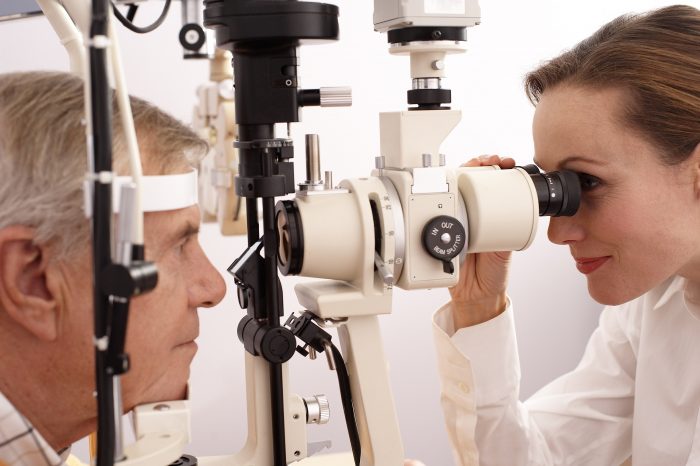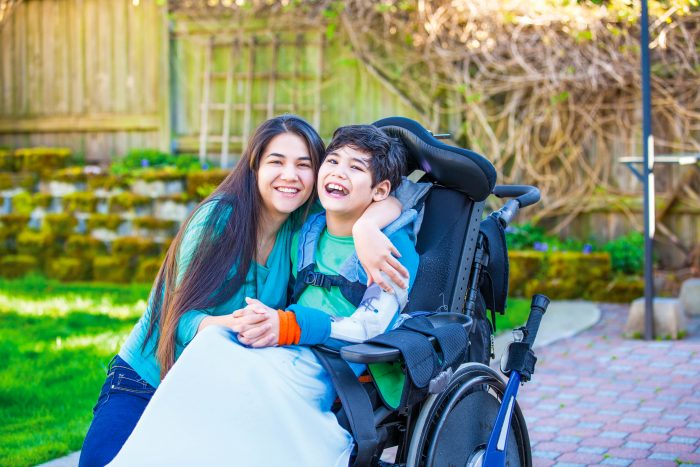By Daniel Dunaief

If your children are under the age of 12 and the Food and Drug Administration soon approves a COVID-19 vaccine, you’ll have many people to thank for the opportunity to return them to a more normal, and safer, childhood, including four-year-old Maggie, seven-year-old Lily and eight-and-a-half-year-old Dan Barsi.
The three siblings, who live in East Setauket with their parents James and Jennifer Barsi, recently participated in a clinical trial for the COVID-19 vaccine at Stony Brook Hospital. While the children don’t know whether they received vaccinations for the virus or the placebo, they are three of numerous children who volunteered to test the Pfizer-BioNTech vaccine to make sure it was safe before health care providers administer it to the broader population.
Their children “knew what they were signing up for,” said Dr. James Barsi, a pediatric orthopedic surgeon. “It’s something to help other people.”
Indeed, the community benefits from volunteers like the Barsis, who participate in clinical trials that evaluate the effectiveness of the treatment, help determine the correct doses, and reveal potential side effects before the rest of the population gets the COVID-19 vaccine or any other medicine or therapeutic intervention.
“We would never make advances in medicine without families — adults and children — volunteering to participate in clinical trials,” said Dr. Sharon Nachman, Chief of the Division of Pediatric Infectious Diseases at Stony Brook Children’s Hospital.
Some treatments for a range of illnesses or conditions look promising in the earlier stages of clinical development, such as phase 1 or phase 2. When they reach phase 3, during which researchers provide medicine to a much larger volunteer population, they sometimes fall short of expectations.
“Companies will tout drugs as the next best thing,” Dr. Nachman said. “When they get into phase 3, they are not better than standard therapy.”
Clinical trials on even an ineffective drug or one that produces side effects, however, can help pharmaceutical companies and health care providers by signaling what these professionals should look for in future treatments, Dr. Nachman added.
While volunteers of any age take risks by participating in these studies, they also have considerable medical oversight.
“They are well protected,” Dr. Nachman said. “When you participate in a clinical trial, you don’t just have two sets of eyes on you; you have 100 sets of eyes.”
Volunteers for clinical trials not only take some risk before everyone else in the community, but they also experience regular testing and monitoring.
The Barsi children, for example, had to have blood work and nose swabs. “We call it a brain swab,” Jennifer Barsi said. “The kids are so excited about getting a treat afterwards, but they still have to do the hard thing.”
Health care professionals throughout Long Island shared their appreciation for clinical trial volunteers. Without them “none of these innovative therapies and drugs would exist,” said Stephanie Solito, Research Manager of the Oncology Service Line at Catholic Health, which includes Smithtown-based St. Catherine of Siena and Port Jefferson-based St. Charles Hospital.
When Daniel Loen, Catholic Health’s Vice President of Oncology Services, takes any medicine, he appreciates that patients were “willing to sacrifice something or take on some kind of increased risk to get on a trial for the good of humanity and medicine.”
As for the specific COVID-19 pediatric trials, Dr. Nachman said parents and children have to approve to participate. Doctors talk with children in an age-appropriate way about these clinical trials.
Dan Barsi was born at 25 weeks old. He stayed in the hospital for several months and is now a healthy child.
Jennifer and James felt that this was their opportunity to give back to the next generation. The children who participated in clinical research before Dan was born helped make it possible for him to get the best treatment, and now they feel they’re doing the same thing.

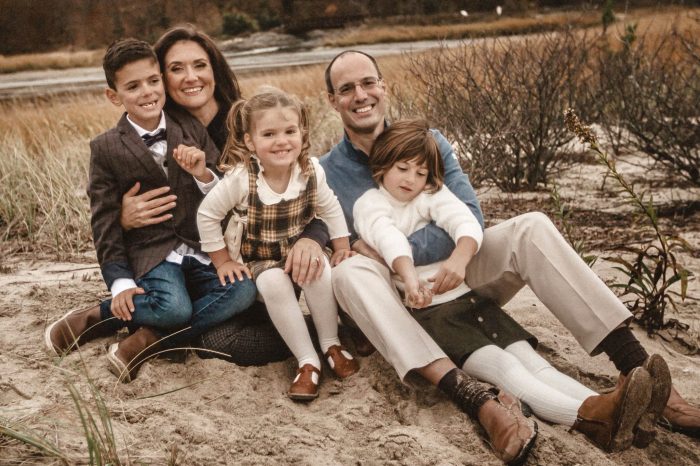
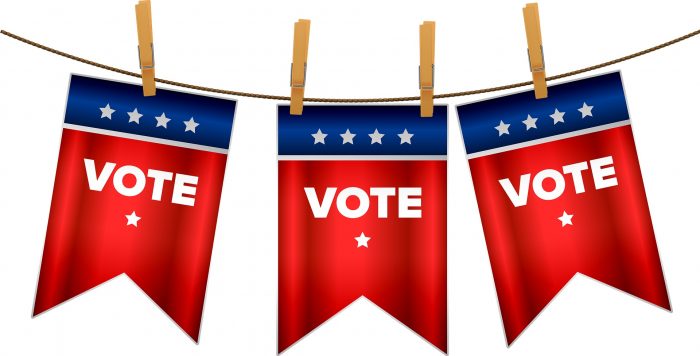


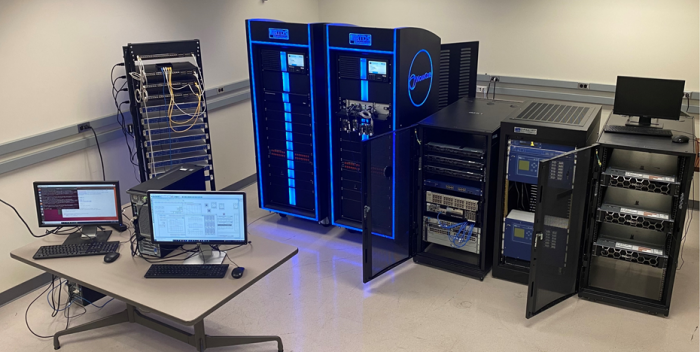
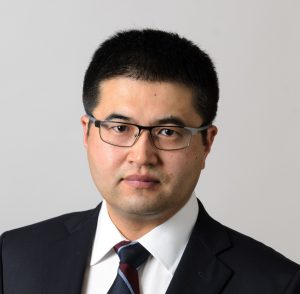
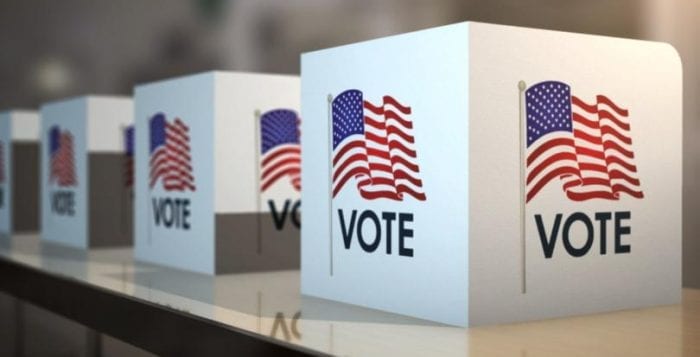
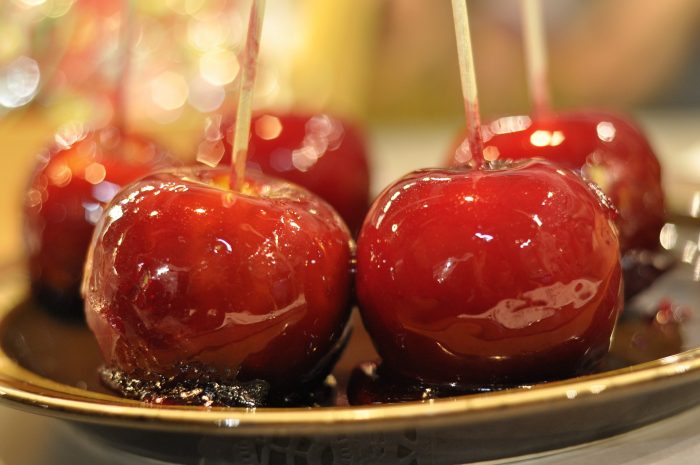
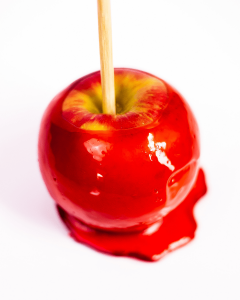 INGREDIENTS:
INGREDIENTS: YIELD: Makes 6 apples
YIELD: Makes 6 apples YIELD: Makes 4 apples
YIELD: Makes 4 apples